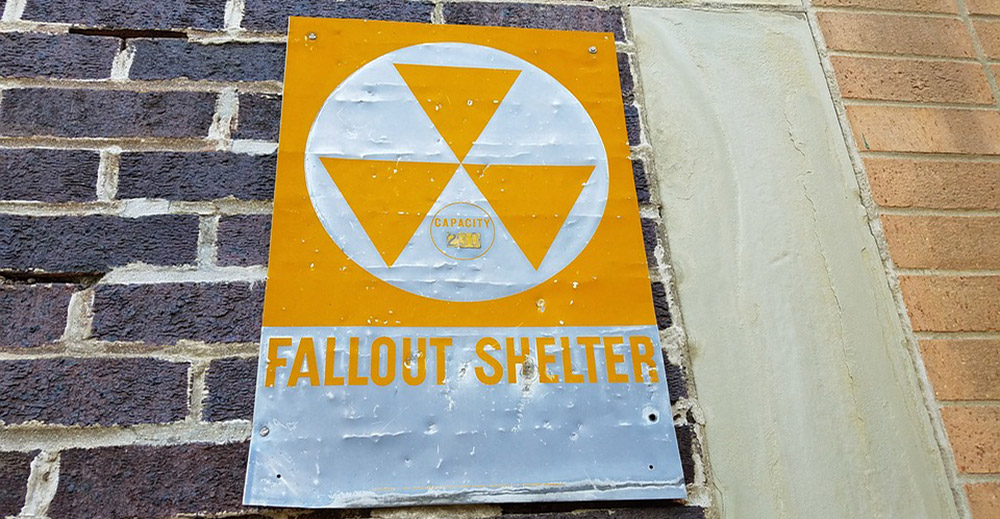In the face of a nuclear detonation, the simplest and most consistent piece of advice given by emergency response planners is: “Don’t run. Get inside.”
According to the Department of Homeland Security, sheltering in place, beneath as many layers of protection as possible, is the best way to avoid radioactive fallout after a detonation. Although finding shelter is the most important first step in surviving a nuclear event, not all shelters are created equal.
Where Are the Best Places to Shelter?
- Seek shelters, such as schools and office buildings, which are made of concrete and brick. A home basement is also a good option, as soil is an excellent shield from radiation.
- Avoid structures made of wood and plaster, as these materials do not offer as much of a shield from radiation.
- Go deep. The more distance you can create between you and the fallout particles, the better. Underground areas or the center of a tall building are far better than, say, the first floor of a building.
- If you are unable to get to shelter immediately and are caught outside, take cover behind anything that can offer protection and lie flat on the ground with your head covered. Then get to shelter as soon as you can.
Once You’ve Found Shelter, What Else Should You Do?
- Stay inside for at least 24 hours. Radiation levels are extremely dangerous after a detonation, but levels decrease rapidly.
- Tune in to the news, using whatever communication tools you have on hand. If evacuation is in your best interest, you’ll be instructed to do so.
Preparation is Key
- Regardless of whether you are in an area that is vulnerable to a nuclear attack, it is always a good idea to have an emergency plan in place for your family.
- Assemble an emergency supply kit, containing items such as a three-day supply of food and water, flashlights, first aid kit, dust masks, cellphone with chargers, and a whistle to signal for help. Go to www.ready.gov/build-a-kit to find out more.
- Put together and practice a family emergency plan to ensure all members of your family know your shelter options, your evacuation route, how to receive emergency alerts or warnings, and how to communicate with each other.
- Find out in advance if your community has designated any buildings as fallout shelters.
- Make a list of areas nearby that could be potential shelters such as subways, tunnels and basements.
- Consider family-specific factors such as dietary needs, medical conditions, pets and disabilities.
Mariah Phillips is Digital PR Coordinator at 2U Inc., where she specializes in the business, law, government and tech verticals












